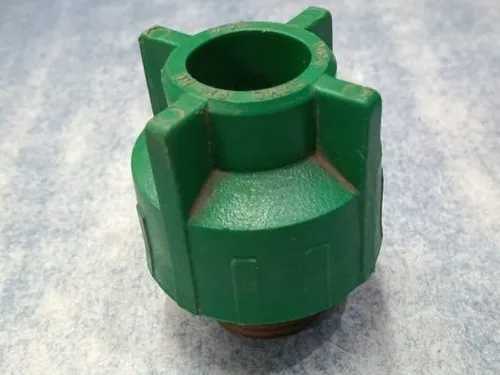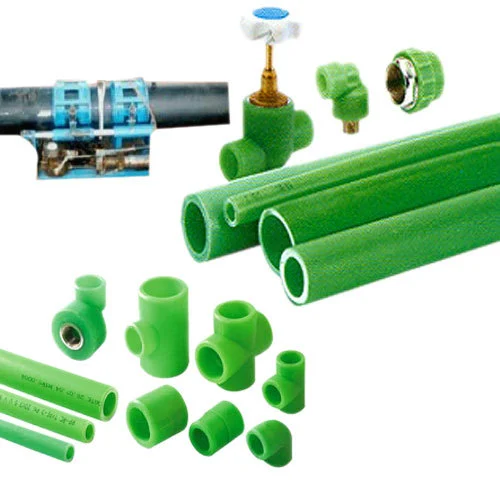PPR Pipe Joint
₹50.0
Service Details:
| Service Mode | Offline |
| Service Location | Pune |
| Service Duration | 3-4 Days |
| Type of Property | Industrial,Commercial |
| Material Procurement | Suppliers End |
We are offering PPR Pipe Joint.
Note:18% GST Extra
You must be logged in to post a review.
Q & A
Green building materials, such as green roofs and walls, and water-efficient plumbing, are integral components of sustainable construction practices. Let's discuss the sustainability aspects of each of these elements:
- Green Roofs and Walls: Green roofs and walls involve the incorporation of vegetation on building surfaces, providing numerous environmental benefits:
a. Energy Efficiency: Green roofs and walls offer insulation, reducing the need for heating and cooling, thereby decreasing energy consumption.
b. Stormwater Management: Vegetation absorbs and retains rainwater, reducing stormwater runoff and alleviating the burden on drainage systems.
c. Improved Air Quality: Plants absorb carbon dioxide and release oxygen, enhancing air quality and mitigating the urban heat island effect.
d. Biodiversity and Habitat Preservation: Green roofs and walls create habitats for insects, birds, and other small animals, promoting biodiversity in urban areas.
e. Aesthetic Appeal and Human Well-being: These features provide a visually pleasing environment, enhance mental well-being, and potentially improve productivity and concentration.
To ensure the sustainability of green roofs and walls, it is essential to consider factors like plant selection, proper irrigation systems, and regular maintenance to ensure their long-term viability.
- Water-Efficient Plumbing: Water-efficient plumbing focuses on reducing water consumption in buildings through various strategies:
a. Low-Flow Fixtures: Installing low-flow toilets, showerheads, and faucets can significantly reduce water usage without compromising functionality.
b. Dual-Flush Toilets: These toilets allow users to choose between a lower volume flush for liquid waste and a higher volume flush for solid waste, conserving water.
c. Graywater Systems: Graywater, which refers to lightly used household water from sources like sinks and showers, can be treated and reused for non-potable purposes like irrigation or toilet flushing.
d. Rainwater Harvesting: Collecting rainwater for non-potable uses helps reduce reliance on freshwater sources and can be integrated into landscaping or stored for future use.
e. Leak Detection and Repair: Regular monitoring and timely repair of leaks in plumbing systems can prevent water waste and damage.
By implementing water-efficient plumbing practices, buildings can significantly reduce water consumption, conserve resources, and minimize strain on water supplies.
To ensure the sustainability of water-efficient plumbing, ongoing maintenance, education for occupants, and periodic assessment of water usage patterns are crucial.
Overall, green building materials, including green roofs and walls, and water-efficient plumbing, play vital roles in creating sustainable buildings by reducing energy consumption, conserving water, promoting biodiversity, and enhancing the well-being of occupants and the environment.
General Inquiries
There are no inquiries yet.



















Reviews
There are no reviews yet.